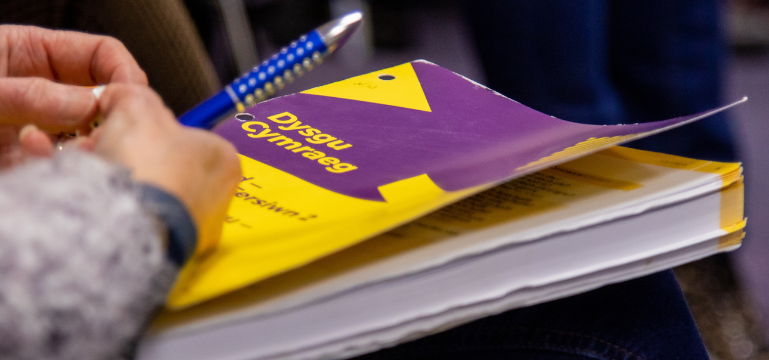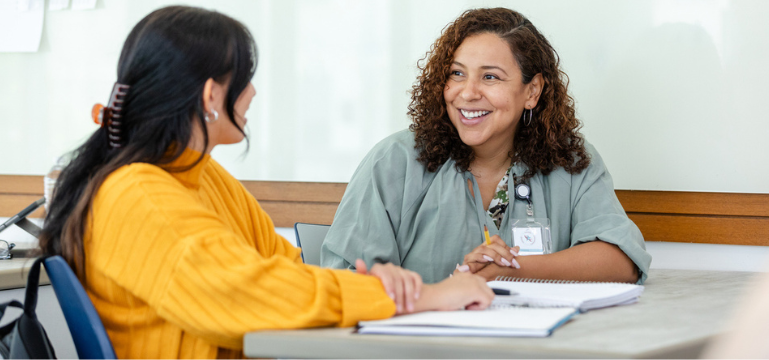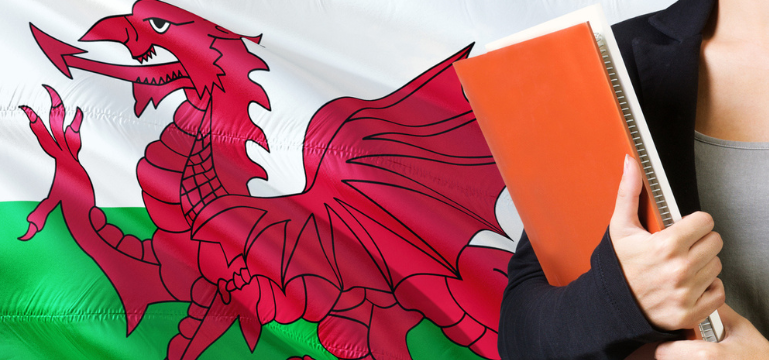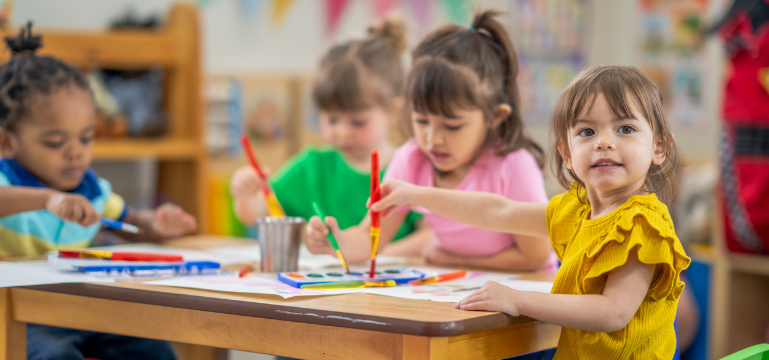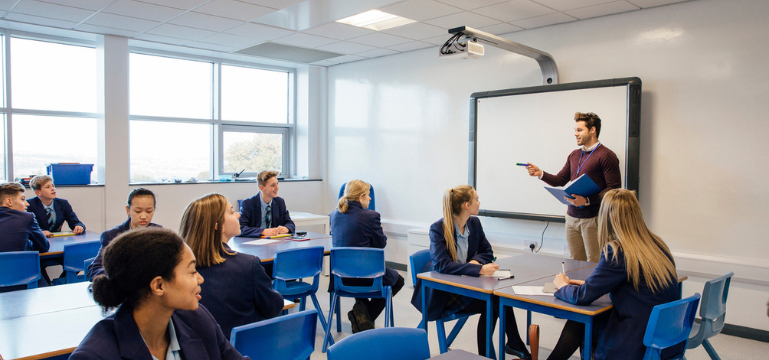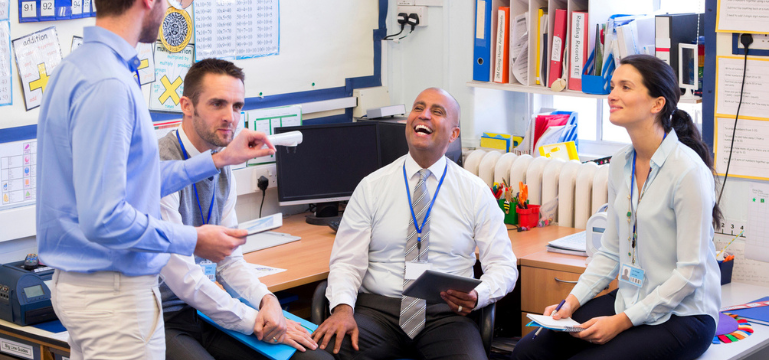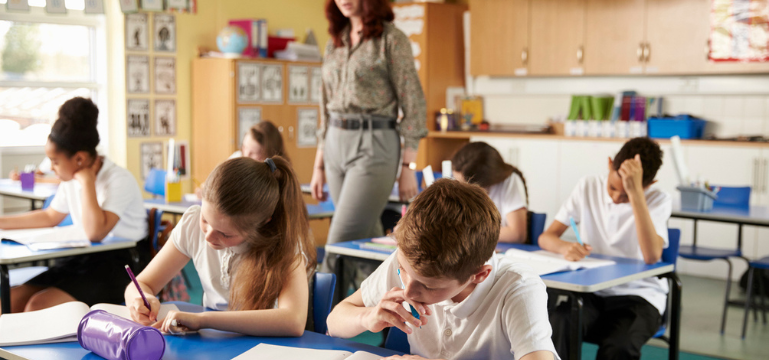
Background
Torfaen Local authority was inspected in March 2022 and due to weaknesses in leadership, outcomes for young people and evaluation and improvement processes, the local authority was judged to cause significant concern.
There were four recommendations provided to the local authority:
R1 Improve outcomes for learners, particularly in secondary schools
R2 Strengthen performance management
R3 Strengthen self-evaluation and improvement planning processes and the link between them
R4 Improve strategic leadership of learning and ALN
Estyn worked to pilot monitoring visits with the local authority with the aim to support their improvement more effectively. These visits helped to identify strengths and area for improvement at different stages of the local authority’s development. They were supportive visits where written reports were provided to the local authority evaluating progress against specific recommendations.
Since the core inspection, they local authority has engaged well with the monitoring and link inspector processes and has consistently been open and transparent about the progress they have made.
The local authority has worked pro-actively with all stakeholders and secured notable improvements in many aspects of their work. As a result, the local authority was removed from causing significant concern in October 2024
Activity
Developing a vision and sharing high expectations
The Leader, Executive Member for Children and families, and Chief Executive responded positively to the recommendations set as part of the core inspection promptly. They were clear about their high ambitions for the education service and in their aim to secure the best service possible.
The Chief Executive implemented a restructuring of the leadership of the education service and appointed a Director of Education as well as increasing the capacity of the education senior leadership team. Since his appointment, the Director of Education has provided strong, strategic and compassionate leadership. He has ensured that all staff understand their role in driving improvements.
The Director of Education and his team worked proactively with the Chief Executive, Strategic Director, leader and Executive Member to secure and share a clear, and well understood vision for education in Torfaen. All the services’ work is underpinned by this vision which is focused on ensuring that every young person in Torfaen gets the best chance to succeed.
Through improved performance management arrangements, distributed leadership and helpful professional learning, the Director of Education has ensured that all staff understand well their role in securing improvements. He secured a shared responsibility where all members of staff value the support they receive but are also accountable for delivering against their improvement priorities. This approach is helping to ensure that their services are delivering for the young people and the schools in Torfaen.
Improving relationships with schools
An integral aspect to the local authority’s improvement has been securing more effective relationships with their schools. Through this work the local authority has ensured that school leaders understand the expectations of the local authority and their role in jointly supporting improvements for all children and young people across the borough.
Through regular headteacher meetings, the introduction of strategic headteacher groups and regular visits to schools, the director the education leadership team have developed an open culture where school leaders and local authority staff are transparent about strengths and issues. This enables them to work constructively together to overcome identified challenges.
The Chief Executive and Strategic Director for Children and Families have supported these strengthened relationships through their regular engagement with schools. They actively support the Director of Education’s decisions and actions and this is also helping to secure the required improvements.
Improving relationships with the school improvement service
The local authority has worked closely with EAS to develop a trusting, positive and open relationship. Leaders in EAS have responded well to the increased support and challenge and have welcomed the way in which the two services can work in tandem to improve outcomes for young people in Torfaen’s schools.
Senior leaders in EAS meet regularly with the Chief Executive and Director of Education and both services are willing to be open, honest and reflective about strengths and areas for improvement in each of their services. The Principle School Improvement Partner attends the extended leadership team in the local authority and this has supported the local authority’s knowledge of their schools. This has helped officers to take quick and decisive action where any issues arise.
The EAS has worked positively with all local authorities to improve the information they provide about individual schools and tailor this well to support Torfaen’s individual needs. As a result, the local authority now has a better view of the performance of individual schools as well as how well pupils across Torfaen’ schools are achieving.
The local authority and EAS take a shared responsibility for securing improved outcomes for young people and this has helped both services to improve the way in which they work with schools and to avoid duplication of services.
Developing a culture of distributed leadership and continuous improvement
The improved leadership of the education service in Torfaen has been notable. The Director of Education has worked relentlessly to ensure that all staff understand their roles and feel accountable for delivering a high-quality service. The development of the senior leadership team has been a key factor in securing the local authority’s ongoing improvements. Leaders now have a clear understanding of effective line management, performance management and are clear with all staff about their expectations.
The local authority has provided regular and helpful professional learning for staff at all levels. This is particularly the case for the extended leadership team. The associate leadership programme provides opportunities for officers at all levels to take part in leadership groups as well as have supporting many staff to broaden their understanding of the education service’s work and to think and plan more strategically. These groups have helped to distribute leadership and encouraged staff to challenge and support each other constructively. This is helping the education service to secure important improvements and develop leadership capacity.
Improving evaluation and improvement processes
The core inspection identified important weakness in the local authority’s evaluation and improvement processes. Since the core inspection, leaders have established effective evaluation and improvement processes across the education service. This is enabling the Leader and the Executive Member for Children and Families to understand the education service’s strengths and areas for improvement well. Members engage regularly with officers and have a clear overview of schools and settings across the authority.
The Director of Education has worked proactively with his teams to ensure that staff have an improved understanding of evaluation and improvement processes. This included working with the Local Authority Link Inspector who provided professional learning sessions to teams about effective approaches to evaluation and improvement. Through a broad range of professional learning, supportive and challenging line management and regular feedback, senior leaders have ensured that evaluation and improvement processes are well understood and implemented consistently by staff at all levels. The appointment of an evaluation and improvement officers and the effective work of the heads of service was instrumental to these improvements. Officers use these processes robustly to evaluate regularly and accurately the work of the service. As a result, senior leaders have a strong understanding of the strengths and areas for improvement across service areas in education. This ensures a sound base for effective improvement planning.
To improve their accountability processes further, the local authority introduced an ‘Accelerated Improvement Board’ initially chaired by the chief executive. This board enabled senior leaders and officers to monitor progress closely and to hold all staff t account for progress against service improvement plans. The local authority also worked closely with an external mentor who provided regular challenge and support to the local authority. Following the success of this board the local authority has now used this approach across other services.
As a result of these improvements, the Education Overview and Scrutiny committee is now provided with accurate and helpful reports. The committee members ask pertinent questions and provide regular challenge through clear recommendations, most of which have been accepted by Cabinet.
The local authority engaged positively with the local authority link inspector throughout this processes and together they developed an honest and transparent relationship where strengths and areas for improvement were discussed openly. The local authority link inspector supported the local authority by running workshops around evaluation and improvement planning. This helped to improve officers understanding of effective practice and supported to build relationship with officers at all levels. As a result, officers became more confident to engage in an open and honest dialogue with inspectors during the monitoring visits.
Monitoring progress
The local authority created an Accelerated Improvement Group, which met monthly to monitor progress against the recommendations and the service improvement plan. Senior leaders and officers from the local authority along with senior leaders from EAS attended this group. This group provided helpful challenge and support to the education service and EAS and ensured that the chief executive and executive members were well informed of progress.
The local authority also appointed an external mentor who regularly visited the local authority and provided a helpful critical eye for the service and the chief executive. This regular and helpful support and challenge enabled the local authority to reflect carefully about strengths and areas for improvement across all aspects of their work and to plan to secure improvements.
